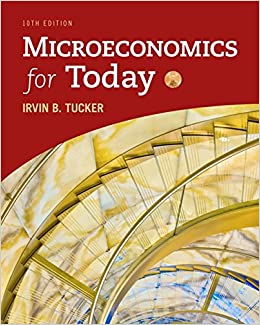Question
Tinker v. Des Moines (1969) In 1965, the United States was at war with North Vietnam. Many people protested against it. Inspired, several students in
Tinker v. Des Moines (1969)
In 1965, the United States was at war with North Vietnam. Many people protested against it. Inspired, several students in Des Moines, Iowa planned a protest. They decided to wear black armbands with peace signs to school. Fearing the armbands would cause arguments and fights on campus, school officials created a rule banning them. Anyone who wore one would be asked to remove it or be suspended if they refused. In spite of the rule, on December 16, 1965, about two dozen students wore armbands to school. Five of them, including 13-year-old Mary Beth Tinker and her 15-year-old brother John were suspended. Their parents sued the school district.
The First Amendment to the Constitution guarantees citizens freedom of speech. The Tinkers argued that the armbands were a form of symbolic speech (conduct that conveys a message). And because wearing them was a silent protest, it did not disrupt learning. The armbands should be allowed. School officials argued free speech rights didn't apply in the classroom. And that administrators have the power to make rules regarding behavior at school because they must maintain a productive learning environment.
The Supreme Court agreed with Tinker. In a 7-2 decision, the justices stated that the armbands were a form of symbolic speech. Wearing them expressed the students' opinions. The justices also said that school officials could only restrict or punish speech if they could prove it would disrupt learning or hurt other students. The administrators' fear of disruption was not the same as an actual disruption, so in Tinker's case, there was no valid reason to suspend the students.
The Court's ruling helped establish what's called the Tinker Test. This is the guideline courts use to determine what school officials can and cannot prohibit. Basically, schools can't restrict free speech unless it causes "substantial disruption" to learning or violates the rights of other students. The results of this "test" are often seen in student handbooks or discipline policies. When a school prohibits sexual harassment, hate speech, online bullying, or if the dress code bars clothing with inappropriate messages, then those things have failed the Tinker Test. But the test doesn't stop there. Colleges and universities use the Tinker Test for their discipline policies as well. And as more and more forms of online speech develop, the Tinker Test and the application of it will continue to evolve
Questions
- Summarize this reading inat least three sentences
- What is the point of this writing (What is this writing trying to do?)
- Would the Tinker v. Des Moines Supreme Court decision apply if a girl is suspended from school for passing out fliers about a presidential candidate? Explain why or why not.
- Do you agree with the Tinker ruling? Why or why not? Use at least three sentences in your answer and use this source at least once (remember to label where you use it; "Source A says...")
Step by Step Solution
There are 3 Steps involved in it
Step: 1

Get Instant Access to Expert-Tailored Solutions
See step-by-step solutions with expert insights and AI powered tools for academic success
Step: 2

Step: 3

Ace Your Homework with AI
Get the answers you need in no time with our AI-driven, step-by-step assistance
Get Started


